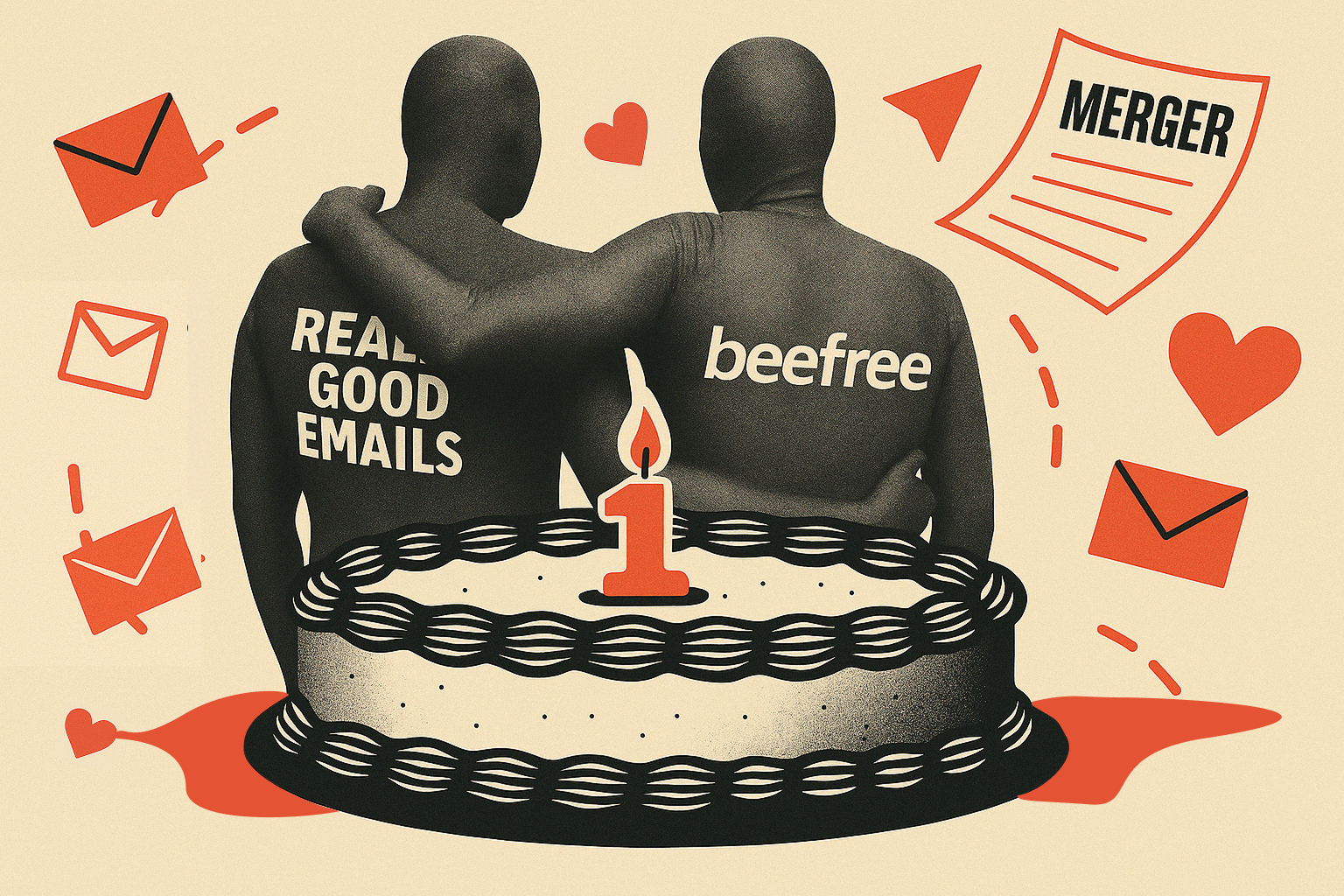ESP migrations are no small feat, and the decision to take one on usually comes after months of research, meetings, and number crunching.
Having just wrapped up my third, I wanted to share a few lessons learned: how to prepare ahead of time, how to keep everyone on the same page, and what mistakes to avoid along the way.
Before You Begin, You Prep
Don’t wait for someone to tell you it’s time. If you’re seriously considering a migration, now is the time to prepare. Here’s how.
Audit Your Existing Program
You can do this before you actually choose a platform. This kind of early preparation will ensure that you’re ready to hit the ground running on day one. Here’s a list of things to review:
Email Flows
- Pull a list of all active flows, and ask the tough questions: Do these still make sense? Are they performing well?
- Don’t be afraid to make cuts. Plan to retire anything that’s not pulling its weight.
Tip: If you know there are updates you want to make, start them now so they’re ready when it’s time to rebuild.
Profile & Event Data:
- Get a full list of profile properties and event data (including attributes) currently being passed into your ESP.
- Audit them ruthlessly. What’s actually being used? What’s redundant or outdated? The goal is to start as clean as possible.
Tip: Once you’ve reviewed your data, share the updated list with your data team. Give them time to review, ask questions, and get aligned.
Here’s the data dictionary template I used to get our team on the same page.
Profiles & Segmentation:
- Segment your list at a high level to understand what types of profiles you’re migrating. (IE: Leads vs Customers, Engaged vs Unengaged)
- Review your key segments and what data you’ll need to rebuild them.
Tip: When you migrate to a new ESP, it won’t have access to historical data like purchase history or engagement metrics right away. Plan for workarounds during the transition. For example, can you pass lifetime purchase count or last purchase date into a custom profile field to preserve key insights?
Building Your Migration Team
This is a team effort—not a solo mission. Identifying key stakeholders and their specific roles is a crucial (yet often overlooked) step. Don't skip it.
Here are a few teams to focus on:
Your Team
It might seem obvious, but make sure your own team understands why this migration is happening. It's a big, sometimes uncomfortable project, and their buy-in matters.
Set expectations early:
- Here’s what the timeline looks like
- Here’s what I’ll need from you
- Yes, it might not be glamorous—but it’s hugely valuable to the business
A little context goes a long way in building alignment and trust.
Real Talk: In my last migration, I invited folks from my team to listen in to a few prospect meetings and asked for their feedback throughout the evaluation process. Including them made the process feel more collaborative, and by the time we made our final decision, they already understood the why. They weren’t just informed—they were invested.
Data & Development Teams
These folks are vital. They’ll support integrations, and will help you move, map, and sync data into the new ESP.
Respect their time by learning how they work best:
- Do they work in sprints?
- How far ahead do they need tickets or requests?
- When will you need their help—and can you give them a heads-up?
The smoother your collaboration with this team, the smoother your migration will be.
Real Talk: I was able to share our proposed data structure—both for events and profile properties—well before the actual migration began. That early visibility gave the dev team time to review it, ask questions, and wrap their heads around the scope. When it was finally time to dig in, they already had context and a clear idea of the time they’d need to set aside.
CX & Support Teams
Migrations can impact the customer experience in subtle ways—email delays, broken links, preference center changes—and CX will hear about it before you do.
This team can be your biggest ally in a migration. Find your go-to partner, loop them in early and often.
Real Talk: Any time we launched a new journey on the new platform, we gave our CX partner a heads-up—what it was, when it would start sending, and anything unusual to watch for. That way, even if just one or two customers reached out, they knew exactly where to go and we could troubleshoot quickly.
🔄 Reminder: This migration might be your top priority—but it’s unlikely to be everyone else’s. Respect their workloads, reach out 1:1 when possible, and give as much notice as you can about what’s coming.
Execution & Common Pitfalls
Team Training & Adoption: Your ESP is only as powerful as your team's ability to use it. Spend time working through the new platform together; otherwise, you risk launching a powerful tool no one (including yourself) knows how to use effectively.
Here’s what worked for us:
- Testing Area: We created a “testing” folder for no-pressure exploration where mistakes wouldn't impact live communications.
- Weekly Working Sessions: Dedicated time for questions, collaboration, and hands-on training where we could all share things we’d learned.
Leveraging Migration Support: The platform migration team is your secret weapon. They've seen every possible scenario and can help you avoid blind spots. Failing to engage with them means you could be missing out on powerful features that could transform your program.
Here's what worked for us:
- Weekly Status Calls: Regular touchpoints ensured we stayed on track, addressed questions, and prevented key items from slipping through the cracks
- Dedicated Training Sessions: Whenever we encountered a new feature or functionality that we wanted to dive deeper into, we scheduled a focused training session on that feature.
Quality Control & Testing: The "set it and forget it" mindset can lead to issues during the migration. Even well-tested flows can perform unexpectedly in live scenarios, leaving you with customers who aren't receiving critical communications.
Here's our multi-stage verification system:
- Immediate Check (30-60 minutes): Confirm the right people are entering the journey and initial triggers are working as expected.
- Weekly review: Evaluate conditional splits and preliminary metrics to catch any logic or performance issues before they affect large audiences.
- Monthly Audit: Perform comprehensive reviews to ensure continued functionality as other systems change around your flows
Cross-Team Communication: Like I mentioned, your CX team serves as your early warning system. They'll hear about email issues before your analytics ever show a problem. Without a direct line to them, small issues can escalate into major customer complaints while you remain blissfully unaware.
Here's what worked for us:
- Proactive Conversation: We informed our CX partners every time we launched a new journey, providing context about the content, audience, and timing.
Continuous Monitoring & Reporting: Start tracking performance metrics from day one—not a month into your migration. Waiting to establish reporting can leave you blind to critical data flow issues that become increasingly difficult to fix retroactively.
Here's what worked for us:
- Early Reporting: We worked up our standard reporting almost immediately after sending the first emails through the new platform.
- Proactive Communication: This early insight allowed us to prepare stakeholders for metric shifts that weren't performance-related but simply differences in how the data would be viewed and shared.
Wrapping Up
ESP migrations are challenging, but they're also opportunities to refine, optimize, and elevate your program. By focusing on thorough preparation, thoughtful team building, and careful execution, you'll avoid the most common pitfalls and set yourself up for success.
Remember: everyone stumbles during migrations. What matters is learning, adjusting, and moving forward with intention. You've got this!


